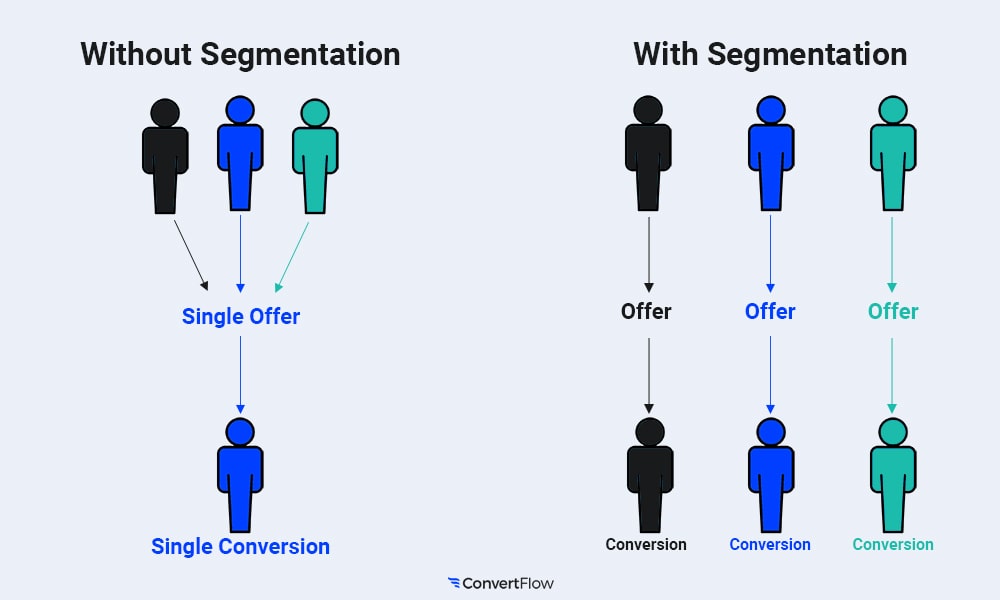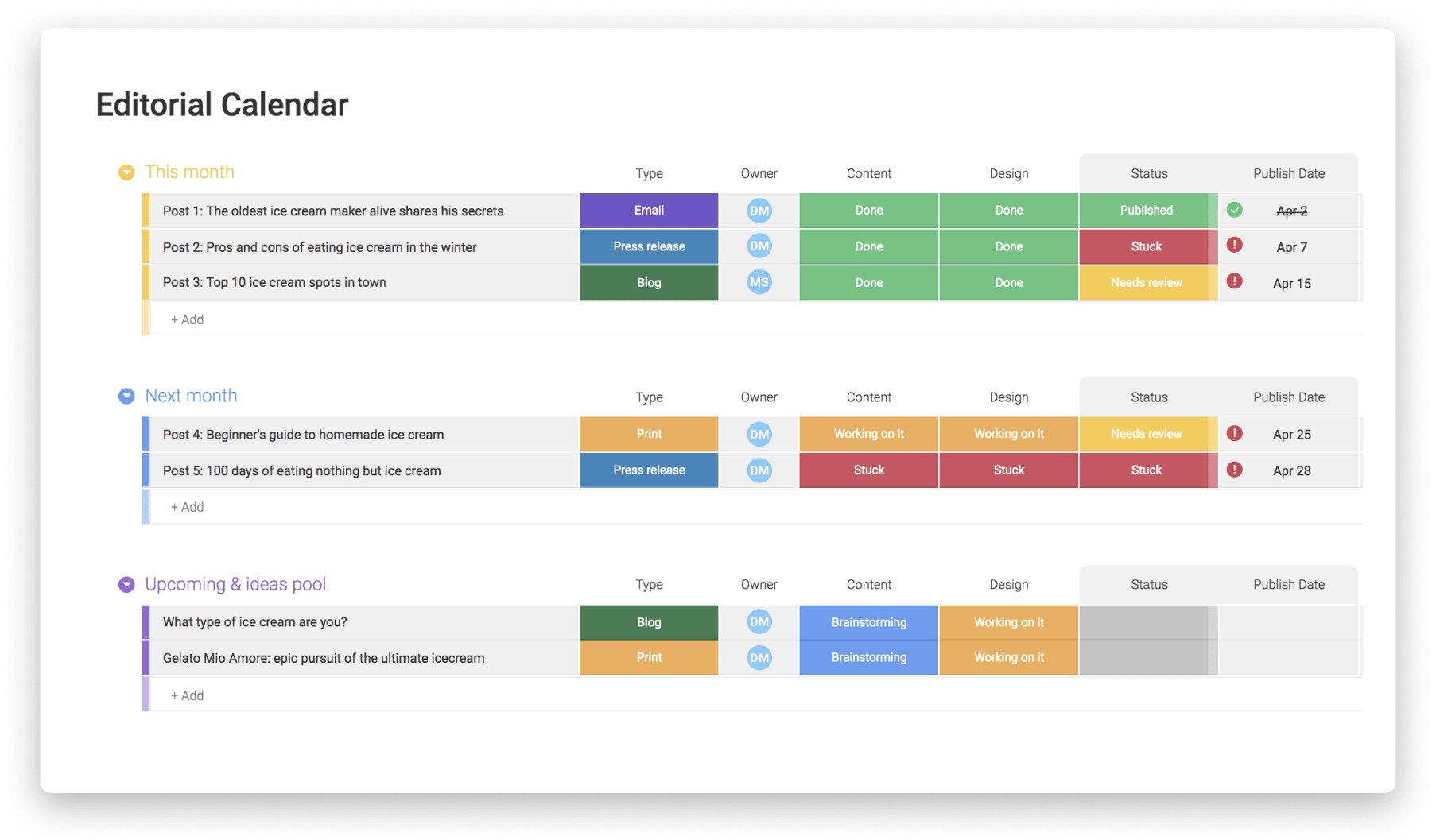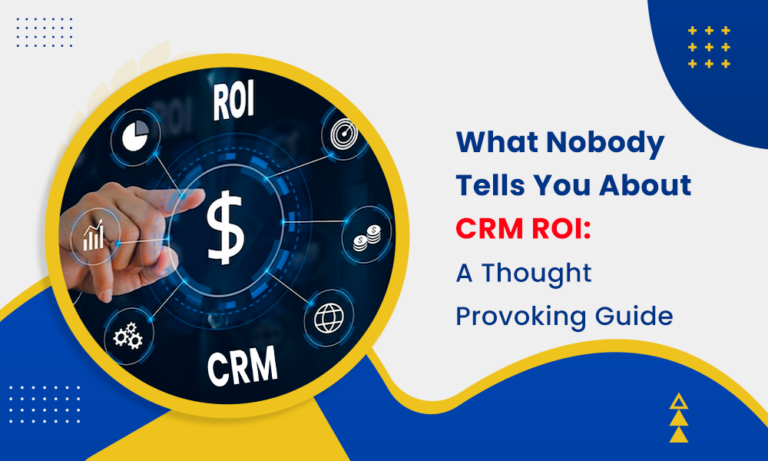
Unlock Customer Insights: The Ultimate Guide to CRM Marketing Segmentation Tools
In today’s hyper-competitive market, understanding your customers is no longer a luxury; it’s a necessity. The ability to tailor your marketing efforts to specific groups, rather than broadcasting a generic message to everyone, is what separates successful businesses from those struggling to stay afloat. This is where CRM marketing segmentation tools come into play. They are the unsung heroes of modern marketing, empowering businesses to dissect their customer base, identify valuable segments, and craft targeted campaigns that resonate deeply.
This comprehensive guide dives deep into the world of CRM marketing segmentation tools. We’ll explore what they are, why they’re crucial, and how to choose the right ones for your business. We’ll also delve into the key features to look for, the benefits they offer, and some of the top tools available in the market today. Get ready to transform your marketing strategy and connect with your customers on a whole new level.
What is CRM Marketing Segmentation?
Before we get into the tools, let’s establish a solid understanding of the concept. CRM marketing segmentation is the practice of dividing your customer base into distinct groups based on shared characteristics. These characteristics can be anything from demographics (age, gender, location) and psychographics (interests, values, lifestyle) to behavioral data (purchase history, website activity, engagement with your brand) and firmographics (for B2B businesses, company size, industry, revenue). The goal is to create targeted marketing campaigns that address the specific needs, preferences, and pain points of each segment.
Think of it like this: You wouldn’t sell winter coats to people living in Florida, right? Segmentation allows you to tailor your messages and offers to the right audience at the right time. It’s about relevance. It’s about personalization. And, ultimately, it’s about driving better results.
Why is CRM Marketing Segmentation Important?
The benefits of CRM marketing segmentation are numerous and far-reaching. Here are some of the key advantages:
- Improved Marketing ROI: By targeting the right customers with the right messages, you significantly increase the chances of conversion. This leads to a higher return on your marketing investment (ROI).
- Increased Customer Engagement: Personalized campaigns resonate more deeply with customers, leading to higher engagement rates, such as opens, clicks, and shares.
- Enhanced Customer Loyalty: When customers feel understood and valued, they are more likely to remain loyal to your brand. Segmentation helps you build stronger relationships.
- Better Lead Generation: Targeted campaigns attract higher-quality leads who are more likely to convert into paying customers.
- More Efficient Resource Allocation: By focusing your efforts on the most promising segments, you can allocate your marketing budget and resources more efficiently.
- Deeper Customer Understanding: Segmentation provides valuable insights into your customers’ needs, preferences, and behaviors, allowing you to refine your products, services, and overall customer experience.
Key Features to Look for in CRM Marketing Segmentation Tools
Not all CRM marketing segmentation tools are created equal. To choose the right one for your business, you need to consider the features that are most important to you. Here are some of the key features to look for:
- Data Integration: The tool should seamlessly integrate with your existing CRM system, as well as other marketing and sales platforms. This allows you to pull data from various sources and create a unified view of your customers.
- Segmentation Capabilities: The tool should offer a wide range of segmentation options, including demographic, psychographic, behavioral, and firmographic segmentation.
- Reporting and Analytics: Robust reporting and analytics features are essential for tracking the performance of your campaigns and identifying areas for improvement. The tool should provide clear, concise, and actionable insights.
- Automation: Automation features, such as automated email sequences and triggered campaigns, can save you time and effort while ensuring consistent communication with your customers.
- Personalization: The tool should allow you to personalize your marketing messages and offers based on the specific characteristics of each segment.
- Ease of Use: The tool should be user-friendly and intuitive, even for those with limited technical expertise.
- Scalability: As your business grows, your segmentation needs will likely evolve. Choose a tool that can scale with your business and accommodate your changing requirements.
- Integration with Marketing Automation: Ideally, the tool should integrate smoothly with marketing automation platforms to streamline campaign execution and improve efficiency.
Top CRM Marketing Segmentation Tools in the Market
The market is saturated with CRM marketing segmentation tools. Here are some of the top contenders, along with a brief overview of their strengths:
1. HubSpot CRM
HubSpot is a popular choice for businesses of all sizes, offering a comprehensive suite of marketing, sales, and customer service tools. Its CRM platform includes robust segmentation capabilities, allowing you to create highly targeted campaigns. HubSpot’s user-friendly interface and extensive integrations make it a favorite among marketers. It provides a free CRM version with limited features and paid plans for more advanced functionality.
Key Features:
- Contact Management
- Segmentation based on various criteria
- Marketing Automation
- Email Marketing
- Reporting and Analytics
- Integration with other HubSpot tools and third-party apps
2. Salesforce Sales Cloud
Salesforce is a leading CRM platform for larger businesses, offering a wide range of features and customization options. Its Sales Cloud includes powerful segmentation tools, enabling you to create highly sophisticated marketing campaigns. Salesforce is known for its scalability and its ability to handle complex business requirements. However, it can be more complex to set up and manage compared to some other options.
Key Features:
- Contact and Account Management
- Lead Management
- Sales Automation
- Advanced Segmentation
- Reporting and Analytics
- Extensive Customization options
3. ActiveCampaign
ActiveCampaign is a marketing automation platform that also offers strong CRM capabilities. It’s particularly well-suited for businesses that want to automate their marketing and sales processes. ActiveCampaign’s segmentation features are highly flexible, allowing you to create complex segments based on a wide range of criteria. It is known for its powerful automation features and ease of use.
Key Features:
- Email Marketing
- Marketing Automation
- CRM with contact management
- Segmentation
- Sales Automation
- Reporting
4. Mailchimp
Mailchimp is a popular email marketing platform that also offers basic CRM and segmentation features. It’s a good option for small businesses and those new to email marketing. Mailchimp’s user-friendly interface and affordable pricing make it an attractive choice. It is best for businesses that primarily focus on email marketing.
Key Features:
- Email Marketing
- Segmentation
- Marketing Automation (basic)
- Contact Management (basic)
- Reporting
- Website building and e-commerce integrations
5. Klaviyo
Klaviyo is a marketing automation platform specifically designed for e-commerce businesses. It excels at segmentation based on purchase history, website activity, and other e-commerce-specific data. Klaviyo’s integrations with popular e-commerce platforms, like Shopify and WooCommerce, make it a powerful tool for online retailers.
Key Features:
- Email Marketing
- SMS Marketing
- Segmentation based on e-commerce data
- Marketing Automation
- Reporting and Analytics
- Integrations with e-commerce platforms
How to Implement CRM Marketing Segmentation
Choosing the right tool is only the first step. Implementing CRM marketing segmentation effectively requires a strategic approach. Here’s a step-by-step guide:
- Define Your Goals: What do you hope to achieve with segmentation? Increase sales? Improve customer loyalty? Reduce churn? Clearly defined goals will guide your segmentation strategy.
- Gather Data: Collect as much customer data as possible from various sources, including your CRM system, website analytics, social media, and customer surveys.
- Choose Your Segmentation Criteria: Based on your goals and data, identify the key characteristics you’ll use to segment your audience. Consider demographics, psychographics, behavior, and firmographics.
- Create Your Segments: Use your CRM marketing segmentation tool to create distinct segments based on your chosen criteria.
- Develop Targeted Campaigns: Create marketing campaigns tailored to each segment. Consider their needs, preferences, and pain points.
- Test and Optimize: Continuously test and optimize your campaigns. Track your results and make adjustments as needed to improve performance. A/B testing different messages, offers, and calls to action can be highly effective.
- Analyze and Refine: Regularly analyze your segmentation strategy and refine it based on your findings. Customer behavior and preferences evolve, so your segmentation strategy needs to evolve with them.
Best Practices for CRM Marketing Segmentation
Here are some best practices to help you get the most out of your CRM marketing segmentation efforts:
- Start Simple: Don’t try to segment your audience too finely at first. Begin with a few key segments and gradually add more complexity as you gain experience.
- Use Data Wisely: Focus on data that is relevant to your goals and that you can actually act on.
- Keep Segments Updated: Regularly update your segments to reflect changes in customer behavior and preferences.
- Personalize, Personalize, Personalize: The more personalized your campaigns, the better. Use customer data to tailor your messages, offers, and calls to action.
- Don’t Over-Segment: While it’s important to be targeted, avoid creating too many segments, as this can make it difficult to manage your campaigns.
- Monitor and Measure: Track the performance of your campaigns and measure the results of your segmentation efforts.
- Iterate and Improve: CRM marketing segmentation is an ongoing process. Continuously test, learn, and refine your approach to optimize your results.
- Consider the Customer Journey: Map out your customer journey and segment your audience at different stages of the journey. This allows you to tailor your messaging to the customer’s current needs and interests.
- Ensure Data Privacy: Always comply with data privacy regulations, such as GDPR and CCPA, when collecting and using customer data. Be transparent with your customers about how you’re using their data.
Common Mistakes to Avoid
Even with the best tools and strategies, there are some common pitfalls that businesses can fall into. Here are a few mistakes to avoid:
- Ignoring Data Quality: Poor-quality data can lead to inaccurate segments and ineffective campaigns. Ensure that your data is clean, accurate, and up-to-date.
- Segmenting Based on Irrelevant Criteria: Focus on criteria that are actually predictive of customer behavior. Avoid segmenting based on factors that don’t impact your marketing results.
- Failing to Personalize: Generic campaigns are less effective than personalized ones. Use customer data to tailor your messaging to each segment.
- Not Testing and Optimizing: Don’t assume that your first campaign will be perfect. Continuously test and optimize your campaigns to improve performance.
- Overcomplicating the Process: Start simple and gradually add complexity as you gain experience. Don’t try to do too much too soon.
- Neglecting to Measure Results: If you don’t track your results, you won’t know if your segmentation efforts are paying off. Use reporting and analytics to measure your performance.
- Ignoring Customer Feedback: Listen to your customers. Their feedback can provide valuable insights into their needs and preferences, helping you refine your segmentation strategy.
The Future of CRM Marketing Segmentation
The landscape of CRM marketing is constantly evolving, and segmentation is no exception. Here are some trends to watch for:
- AI-Powered Segmentation: Artificial intelligence (AI) is already playing a significant role in CRM marketing, and its influence will only grow. AI can be used to automate segmentation, identify hidden patterns in customer data, and personalize campaigns at scale.
- Hyper-Personalization: Customers expect increasingly personalized experiences. Marketers will need to leverage data and AI to deliver hyper-personalized messages and offers that resonate with each individual customer.
- Real-Time Segmentation: The ability to segment customers in real-time, based on their current behavior, will become increasingly important. This allows you to deliver highly relevant messages at the moment they’re most likely to convert.
- Cross-Channel Personalization: Customers interact with brands across multiple channels, including email, social media, SMS, and website. The future of segmentation will involve delivering consistent and personalized experiences across all channels.
- Emphasis on Data Privacy: As data privacy regulations become stricter, marketers will need to prioritize data privacy and transparency. This will involve obtaining explicit consent from customers and providing them with control over their data.
Conclusion: Embrace the Power of Segmentation
CRM marketing segmentation is a powerful tool that can transform your marketing efforts and drive significant results. By understanding your customers, creating targeted campaigns, and continuously optimizing your approach, you can build stronger customer relationships, improve your marketing ROI, and achieve your business goals. Don’t be left behind. Embrace the power of segmentation and start connecting with your customers on a deeper level today.


